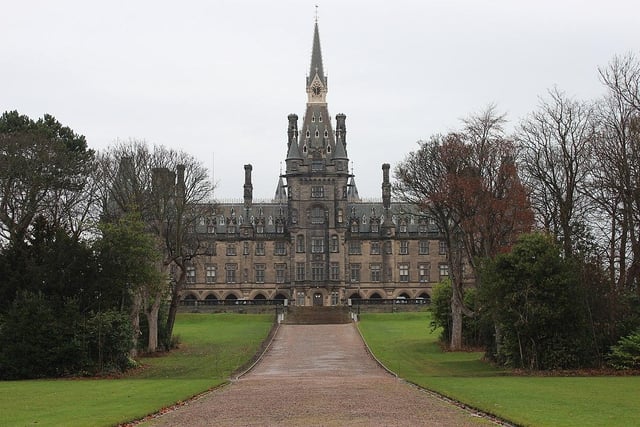With some referring to it as the “Golden Turd”, it's safe to say the boldly-designed hotel development is not going to be universally admired – but that’s nothing new.We’ve had a trawl through the archives to find out what city residents made of 12 well-loved Edinburgh landmarks at the time when they were constructed. Spoiler alert: the response wasn’t always positive.
A message from the Editor:
Thank you for reading this article. We're more reliant on your support than ever as the shift in consumer habits brought about by coronavirus impacts our advertisers.
If you haven't already, please consider supporting our trusted, fact-checked journalism by taking out a digital subscription at https://www.edinburghnews.scotsman.com/subscriptions.
Thank you for reading this article. We're more reliant on your support than ever as the shift in consumer habits brought about by coronavirus impacts our advertisers.

5. Fettes College
The alma mater of Tony Blair among numerous other notable luminaries down the generations, Fettes College was described upon completion in 1870 as assuming “the form of a palatial edifice, in a style of architecture which may be described as French medieval”. Photo: Creative Commons

6. Castle Terrace
When Castle Terrace it was nearing completion in 1869, it was written in The Scotsman that architect James Gowans “will have earned the public gratitude as the donor what will our nearest approach to a Parisian boulevard”. Photo: Creative Commons

7. Old Royal Infirmary
With its handsome towers and turrets, it is today considered one of the most beautiful buildings in the city, but upon completion in 1879, the new Edinburgh Royal Infirmary was unenthusiastically described as a building “in the domestic Gothic style” and “plain and unpretentious” in appearance. Photo: Creative Commons

8. St George's West Church, Shandwick Place
Described as a “complete novelty in Edinburgh architecture”, St George’s West Church in Shandwick Place was met with a great deal of approval in 1867. Photo: Creative Commons

